Garden with butterflies in mind and you will bring a splash of colour to your life in spring and summer. You will also benefit nature of course, and reveal hitherto unseen complexities in the natural world – right on your doorstep.
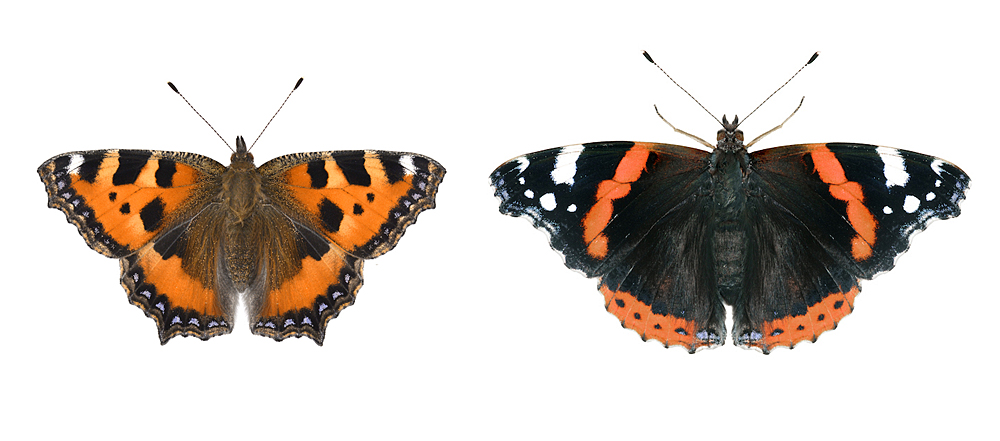
Most gardeners are familiar with the idea of growing flowers as nectar sources for butterflies. However, for a butterfly’s life-cycle to run full circle all the other stages need to be catered for as well – the egg, the larva (caterpillar) and the pupa (chrysalis).
Rather than focus just on colourful herbaceous borders, try gardening with life-cycles in mind if you want your plot to become a true haven for butterflies. You’ll know you have created a nature reserve worthy of the name when you have butterflies breeding, rather than just feeding, within your garden’s boundaries.
Successful butterfly-gardening involves planting appropriate larval foodplants but encouraging ones that already grow in the garden as well. The approach may conflict with the natural instincts of some gardeners, and an adjustment to your horticultural perspective may be called for. You may need to abandon some pre-conceived, tidy-minded notions, notably regarding what constitutes a ‘weed’.
Larval Foodplants – Probably the most important thing you can do for butterflies in the garden is to cater for their larval foodplant needs. Here are a few suggestions that will benefit some classic garden species, concentrating on five foodplant species: Common Nettle; Ivy, Garlic Mustard, Buckthorn; and Alder Buckthorn.
Common Nettle Urtica dioica is the familiar ‘stinging nettle’ and needs little introduction. Its flowers are borne in catkins and its leaves are oval, pointed-tipped and toothed. Common Nettle thrives on nitrogen-enriched and disturbed soils and needs little encouragement in the garden. Tolerate it growing in forgotten corners of the garden and hedges because its leaves are larval food for many of our most iconic garden butterflies.

Classic garden species that feed on Common Nettle include the Small Tortoiseshell Aglais urticae, Peacock Aglais io and Red Admiral Vanessa atalanta. With the exception of the latter species, their larvae are conspicuous. They pupate on the foodplant and hibernate as adults. This means that tidying up nettle patches in winter will not unduly affect the life-cycles of the butterflies.
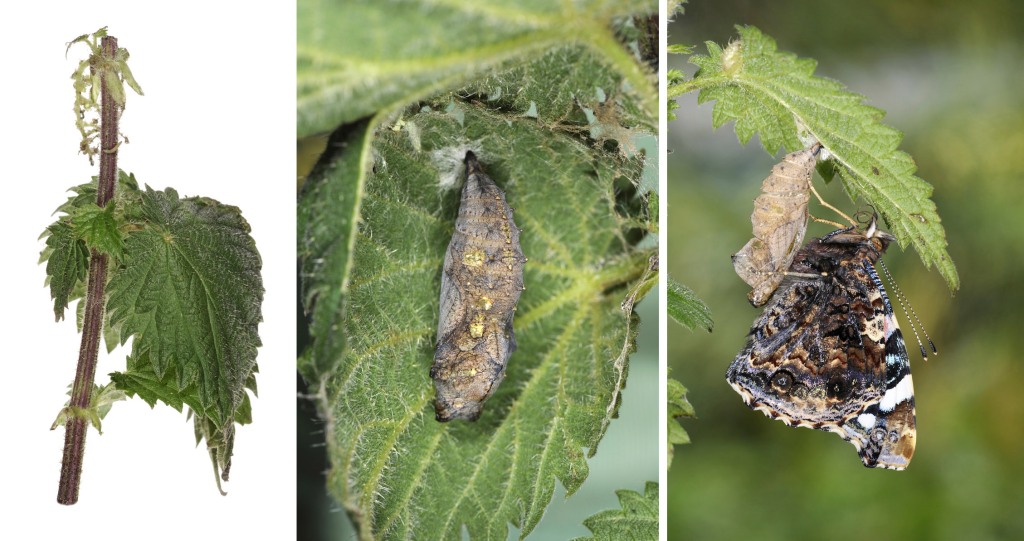
Garlic Mustard Alliaria petiolata is a roadside biennial often grows in forgotten areas of gardens, and can be encouraged by scattering seeds. Its flowers have 4 white petals and its leaves are heart-shaped, toothed and smell of garlic when crushed. The larvae of two of our most attractive garden butterflies – Orange-tip Anthocharis cardamines and Green-veined White Pieris napi – feed on its leaves. They also pupate attached to its stems and spend the winter months in this potentially vulnerable location: cut down the stems and destroy them and you will kill off the life-cycle of these attractive butterflies.
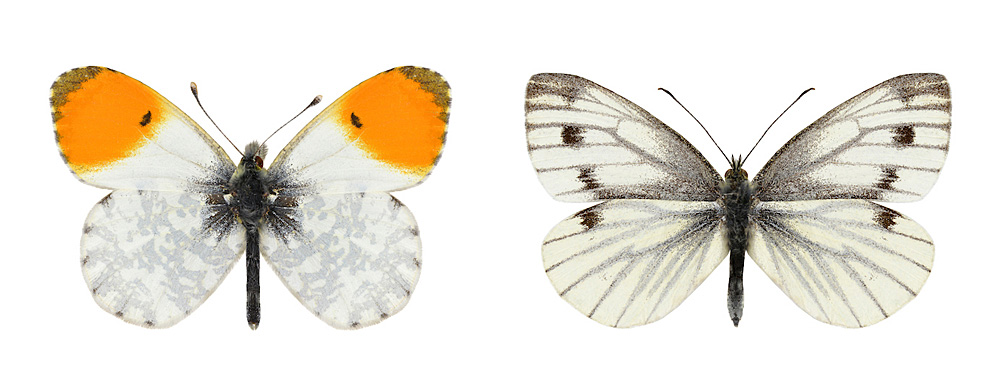


Ivy Hedera helix is not a parasitic plant, merely a self-clinging climber that also carpets the ground given the chance. The yellowish green flowers appear as globular heads, and purplish black berries ripen in autumn and winter. Its leaves are heart-shaped. The plant is intimately associated with the Holly Blue butterfly which has two generations each year.
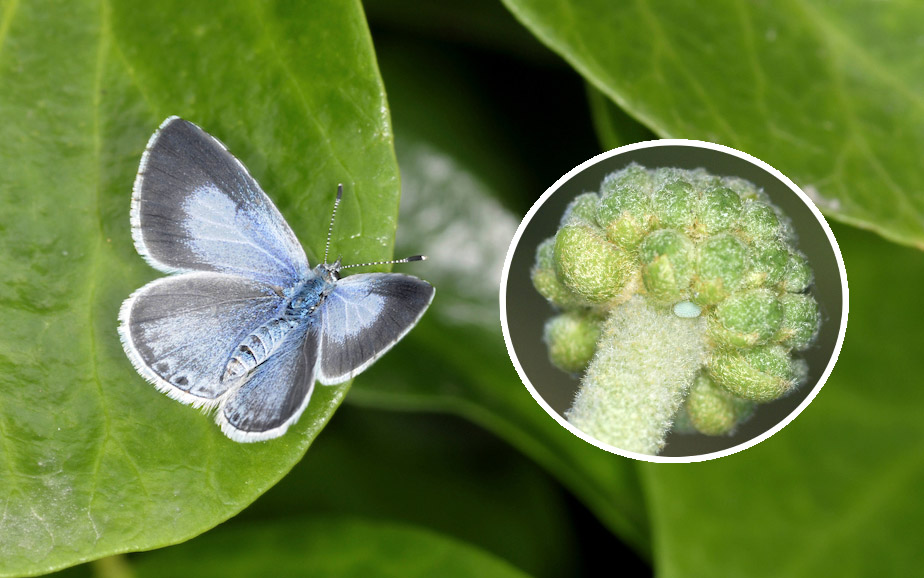
Spring generation Holly Blues lay their eggs on Holly while the summer generation lays on Ivy flower buds; the larvae eat the flowers then pupate at the base of the plant. . If you have to prune or cut back Ivy then the least harmful time of year from an insect perspective would be in spring (when Holly Blues are flying). However, bear in mind that its dense cover may harbour nesting birds which must not be disturbed. There’s a conservation dilemma for you to ponder.


BUCKTHORN, ALDER BUCKTHORN AND BRIMSTONE BUTTERFLIES – Both Buckthorn and Alder Buckthorn can be purchased online as small shrubs or bare-roots stems, and planted in winter. Their leaves are food for the larvae of the Brimstone Gonepteryx rhamni. The species hibernates as an adult and so pruning these shrubs in winter will not affect the life-cycle of the butterfly.
Buckthorn Rhamnus cathartica >
This shrub favours calcareous soils. It makes a good addition to a hedge, or can be grown in an isolated setting. Its greenish yellow flowers appear in clusters and its berries ripen black in autumn. The leaves are oval and finely-toothed.
Alder Buckthorn Frangula alnus >
This shrub is the counterpart of Alder Buckthorn found growing on neutral to acid soils. Favouring damp ground, it has pale green flowers and berries that ripen black. The oval leaves turn yellow in autumn.
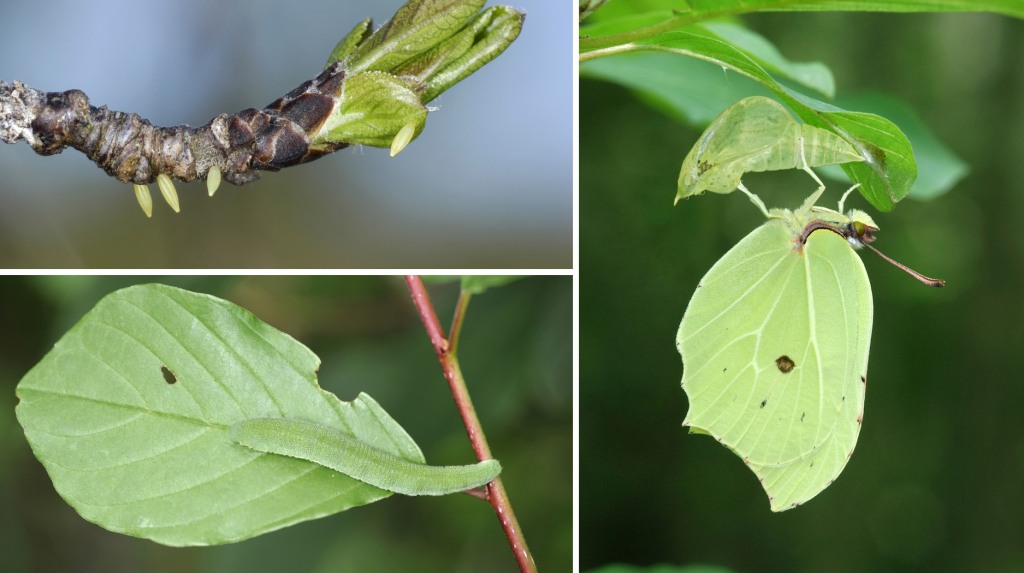
Butterfly-bush: a mixed blessing The flowers of Butterfly-bush Buddleja davidii are undeniably attractive to larger butterfly species, and other insects including hoverflies. But in the broader environmental context the species is bad news. Outside the confines of the garden, it is an invasive alien that colonises and smothers less rampant native wildflowers. The consensus is that if you grow it in your garden, please prune the flower heads before they have a chance to set seed.





Good piece. Too many items in newspapers and magazines only talk about nectar for adults. We need more people to realise that each stage of the lifecycle requires different food sources according to the species.
LikeLike